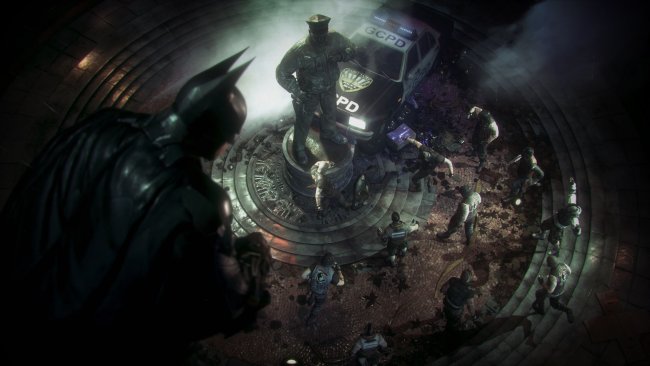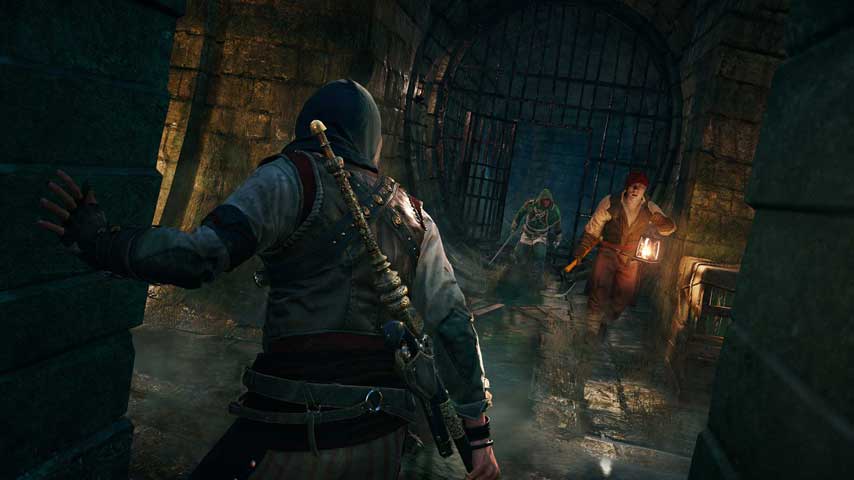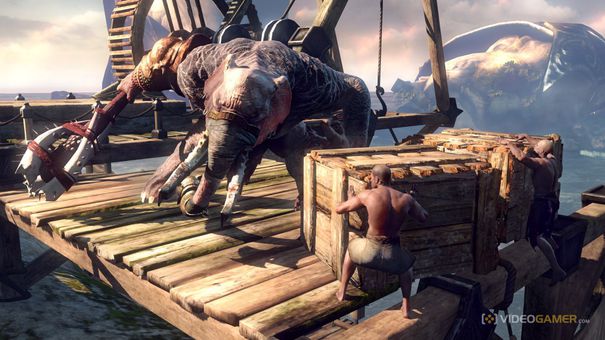From rather early on in my life I had often wished to learn to play mahjong. The teeming assortment and exotic attraction with the tiles fascinated me. I realized that mahjong represented one essential strand of Japanese well-known culture, so when I accepted a work at an English language college in Hiroshima in 1990 I took the chance to discover out more about the game.
I asked a number of my students in regards to the video game and two of them, Noda-san and Yoshimoto-san, offered to educate me tips on how to play. "But you'll find only three of us." I replied. "Isn't mahjong a four-player video game?"
"We'll educate a person Japanese three gamer mahjong." stated Noda-san, "It's a incredibly beneficial sport." He was right. I grew to become addicted to three player mahjong" in my 1st yr dwelling in Japan.
Like every little thing else imported into Japan more than the hundreds of years, mahjong has become adapted and enhanced upon to suit Japanese lifestyle. In fact two favorite variations of mahjong are played in Japan. Undoubtedly probably the most widespread edition of Japanese mahjong may be the Japanese elaboration of the original Chinese four-player game. The Japanese four-player video game is frequently referred to as "reach mahjong" ("riichi maajyan" in Japanese). Then there is certainly the far less typical and far more substantially transformed three-player video game, that's popular in Hiroshima. That's the game which my two college students taught me to play.
A regular mahjong set is made of 144 tiles divided into 36 sorts, every kind taking place four times (4 x 36 = 144). The higher component belongs to one of the 3 suits, Coins, Bamboos, and Characters. The suits operate from one to 9. The remaining tiles divide into 3 Dragons, 4 Winds and eight decorative reward tiles known as Flowers and Seasons.
Aside from the Flowers and Seasons, which are usually discarded, the four-player sport uses all of these tiles. Nonetheless, the Japanese three-player variation cuts out all the tiles of the characters match numbering from two to 8. This produces a faster, riskier video game that is ideally suited for gambling - if only gambling had been not illegal in Japan!
Mahjong was released to Japan from China within the early years with the twentieth century and quickly became a popular urban pastime. But with Japan on the war footing from 1931-1945, mahjong was actively discouraged through the authorities.
The fortunes of Japanese mahjong revived after the next Planet War to these an extent that there had been about 60,000 mahjong parlours (jansoh) in operation all through the nation by 1983. Considering that then the sport is in some thing of the decline as less youngsters play it these days. By the early nineties the number of jansoh had fallen to something like 25,000. Nonetheless, that's nonetheless plenty of parlours! Should you recognize the kanji (Chinese characters) for "mahjong" or "jansoh" you might not fall short to discover the seemingly ubiquitous presence of signs marketing mahjong parlours wherever you go in urban Japan.
Poke your head inside the door of the typical Japanese mahjong parlour and also a vista of a brightly lit, smoke stuffed area crowded with men sat about square mahjong tables in their suits or rumpled shirt sleeves will most most likely current by itself to you. The mahjong parlour is not the unique protect of men having said that, and just about every so typically 1 or two of the additional indomitable female gamers might be noticed holding court at a table. The scene might be finished through the "mama-san", the dominatrix who presides over the mahjong parlour dispensing drinks, snacks, and phrases of suggestions regarding the complexities from the game.






 Uncharted 3 Complete Chapter Walkthrough Guide
Uncharted 3 Complete Chapter Walkthrough Guide Assassin’s Creed: Unity guide – Server Bridge: Paris 1898 – Lady Liberty
Assassin’s Creed: Unity guide – Server Bridge: Paris 1898 – Lady Liberty E3 2012 Scorecard: Sony
E3 2012 Scorecard: Sony Tips and advice for the game Assassin’s Creed: Syndicate
Tips and advice for the game Assassin’s Creed: Syndicate Amnesia: The Dark Descent Gets Philosophical
Amnesia: The Dark Descent Gets Philosophical